Movement in perception
According to Dr. Pham Do Nhat Tien, in Vietnam, awareness of the role and mission of vocational education has been moving and developing in accordance with the country's context and compatible with progressive trends in the world.
In 2014, according to the provisions of the Law on Vocational Education, vocational education only plays a role as a part of the national education system with a limited mission of training human resources directly for production, business and services.
However, with the promulgation of the National Action Plan to implement the 2030 Agenda for Sustainable Development, awareness of the role and mission of vocational education has been in line with advanced international views.
Vietnam's vocational education reports from 2011 to present show the efforts and progress of vocational education over the years in key areas. These include vocational education development policies; the labor market related to vocational education; the network of vocational education institutions; enrollment and graduation; teachers, vocational education managers; vocational skills standards and assessment, granting of national vocational skills certificates; quality assurance, quality accreditation of vocational education; finance for vocational education; cooperation with enterprises.
Dr. Pham Do Nhat Tien said that the above steps reflect the consistency in the perception of the role and mission of vocational education in the specific context of Vietnam. Accordingly, vocational education plays a key role in human resource development, as a breakthrough in bringing the country into a stage of sustainable development and integration.
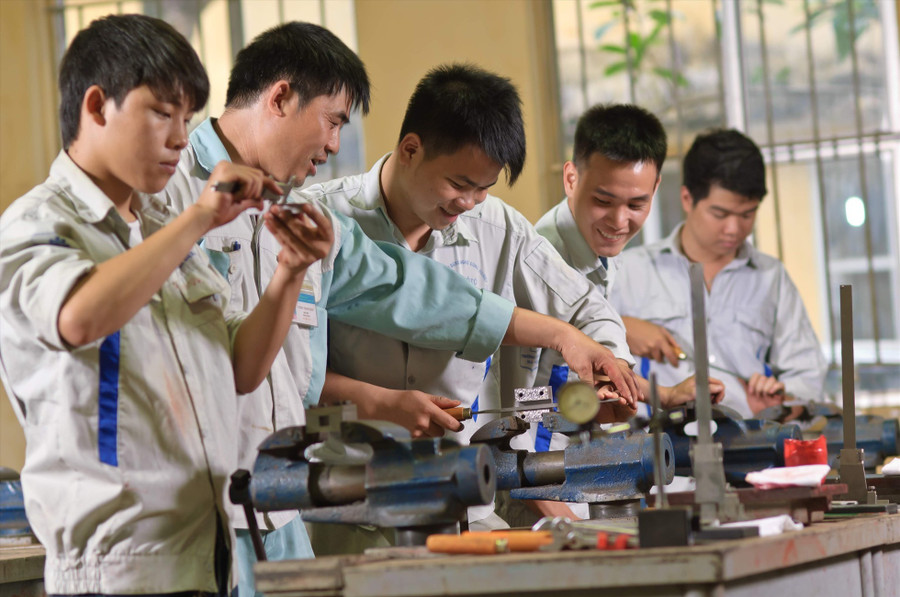
6 basic limitations of vocational education
Pointing out the current limitations of vocational education, Dr. Pham Do Nhat Tien said that although the quality of vocational education has been improved, it still does not meet the requirements for human resource quality and training efficiency is not high.
The scale of vocational education is still small, the structure of occupations and training levels are not suitable. Training methods are slow to innovate, not flexible and diverse enough to meet the needs of the labor market in a timely manner. Retraining and regular training for workers are not focused on. Many vocational education institutions lack infrastructure of smart classrooms, digital libraries, laboratories, practice rooms and equipment for vocational practice and experimentation.
Some foreign studies have clarified the limitations and weaknesses of vocational education in Vietnam as follows:
Firstly, the vocational education development strategy has a complete system of goals and solutions; however, it still only stops at basic framework orientations, lacking specific plans and necessary resources to implement each solution.
Second, State management of vocational education is directed towards promoting decentralization and promoting school autonomy. However, management mechanisms are highly fragmented because the system of nearly 2,000 vocational education institutions is under the direct management of ministries, provincial People's Committees, socio- political organizations and private owners.
Third, the training method still mainly relies on schools, the gap between supply and demand in training, and the unattractiveness, poor quality, and unsuitability of training programs. The status of teachers, low salaries, limited capacity, and ineffective labor market information systems... make the quality of training still weak.
Fourth, the participation of enterprises in vocational education activities is increasing but still limited, unsystematic and unsustainable.
Fifth, large gender and geographical (urban/rural) disparities in the proportion of the population with technical training at all levels of training have not yet been overcome.
Sixth, in terms of financial mechanisms, vocational training institutions are encouraged to mobilize non-budgetary sources of revenue. However, there is currently no common understanding of the actual extent of vocational training institutions’ ability to cover their regular and irregular expenditures with such revenues. This may lead to greater inequality in access to high-quality vocational training opportunities; and the role of the private sector in sustaining vocational training remains insignificant.
Unprecedented opportunity
In this context, Dr. Pham Do Nhat Tien mentioned opportunities for vocational education with newly issued policies.
Specifically, Conclusion No. 91-KL/TW of the Politburo requires: Focus on investing in modernizing vocational education... Continue to develop vocational education in an open, flexible, modern, effective, integrated direction, linked to the labor market... Focus on investing in depth, facilities, and high-quality human resources for vocational education institutions and public universities in a number of industries, occupations, and fields of regional and international stature...
Resolution No. 71-NQ/TW of the Politburo has put forward a revolutionary policy: Ensuring full and comprehensive autonomy for vocational training institutions, regardless of the level of financial autonomy. Along with that is the establishment of a new governance model, without organizing a school council, strengthening the comprehensive and direct leadership role of the party organization, implementing the Party Secretary as the head of the educational institution.
This is a strategic move, demonstrating strong political determination to remove institutional, mechanism and policy bottlenecks, towards creating development. From there, vocational training institutions can proactively adapt and promptly meet new requirements of the rapidly changing labor market under the profound impact of the 4th industrial revolution and artificial intelligence.
Dr. Pham Do Nhat Tien also mentioned the opportunities from the unification of management agencies for education and vocational education. Along with that, the Law on Vocational Education is being amended to remove obstacles, difficulties, and bottlenecks in practice to innovate and improve the quality of vocational education; create a favorable, synchronous, and unified legal environment to reform and modernize vocational education, and create a breakthrough in developing highly skilled human resources. Thus, we are moving towards a transformed vocational education system that both meets the development requirements of the country in the era of rising up and is in line with the progressive trends of the world.
Source: https://giaoducthoidai.vn/go-nut-that-cho-giao-duc-nghe-nghiep-post752644.html


![[Photo] 60th Anniversary of the Founding of the Vietnam Association of Photographic Artists](/_next/image?url=https%3A%2F%2Fvphoto.vietnam.vn%2Fthumb%2F1200x675%2Fvietnam%2Fresource%2FIMAGE%2F2025%2F12%2F05%2F1764935864512_a1-bnd-0841-9740-jpg.webp&w=3840&q=75)



![[Photo] National Assembly Chairman Tran Thanh Man attends the VinFuture 2025 Award Ceremony](/_next/image?url=https%3A%2F%2Fvphoto.vietnam.vn%2Fthumb%2F1200x675%2Fvietnam%2Fresource%2FIMAGE%2F2025%2F12%2F05%2F1764951162416_2628509768338816493-6995-jpg.webp&w=3840&q=75)

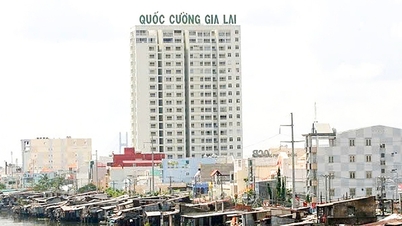

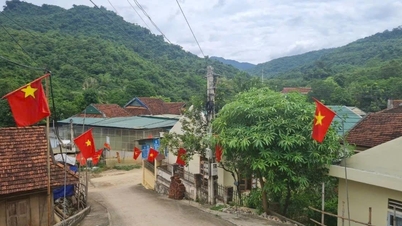



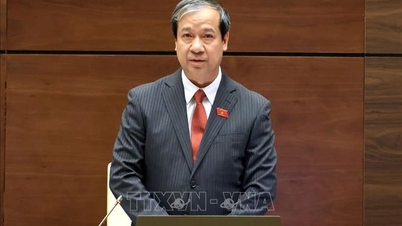

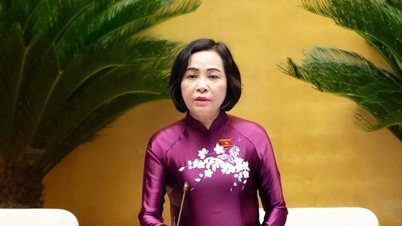
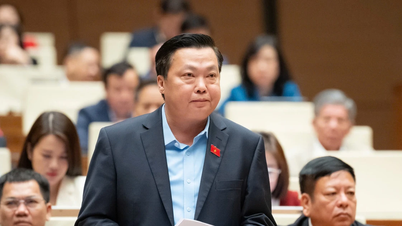





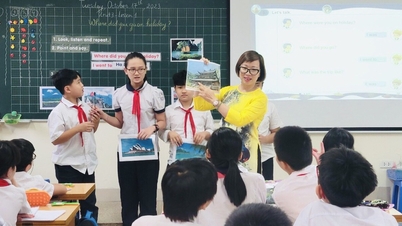

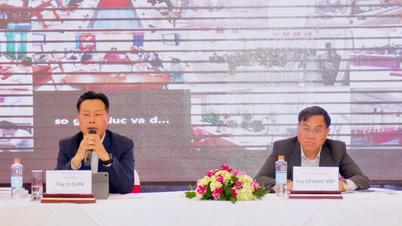





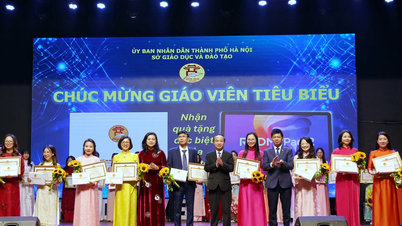


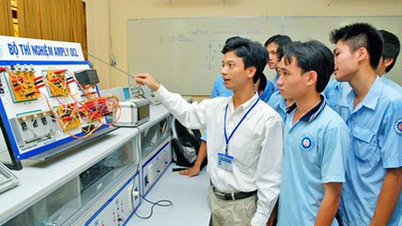
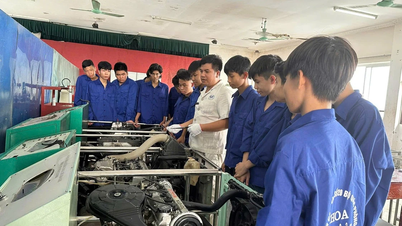
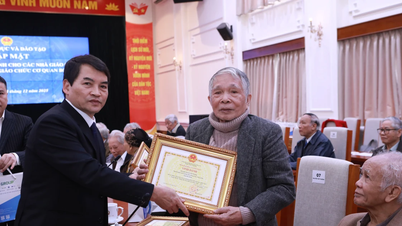


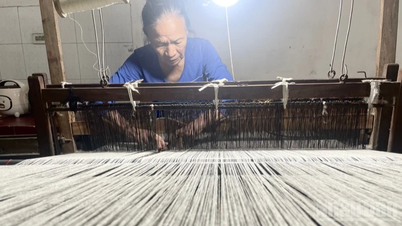



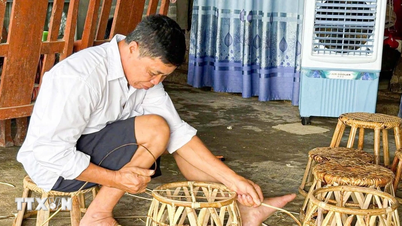








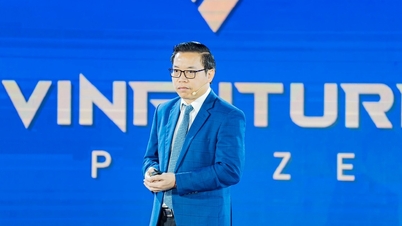
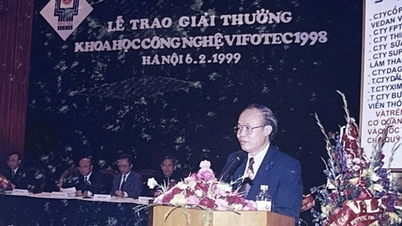

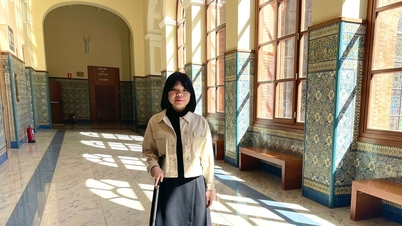
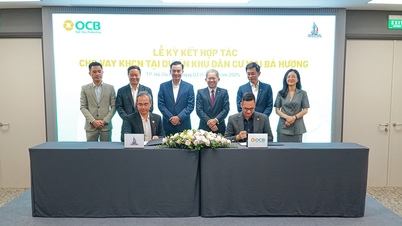

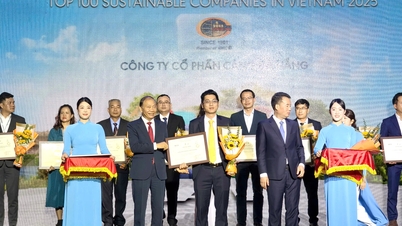
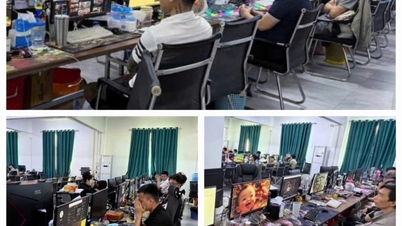
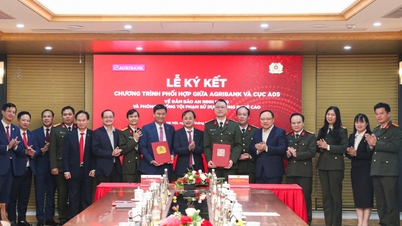

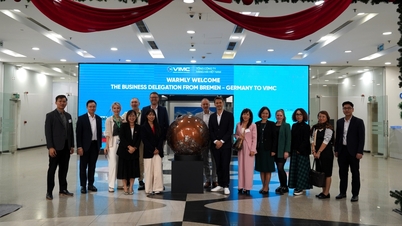
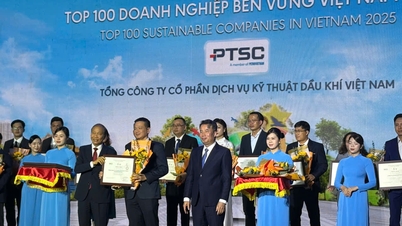











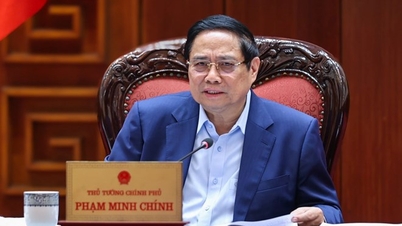
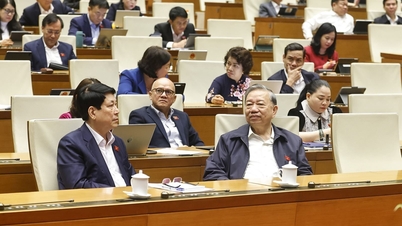
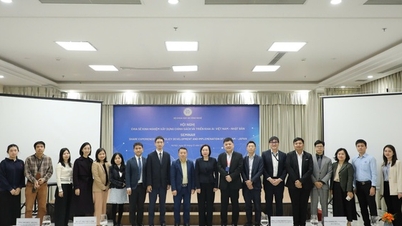
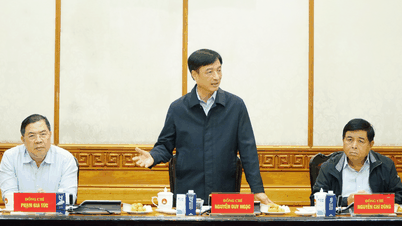

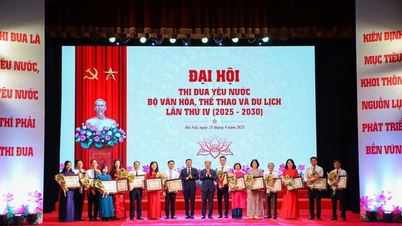

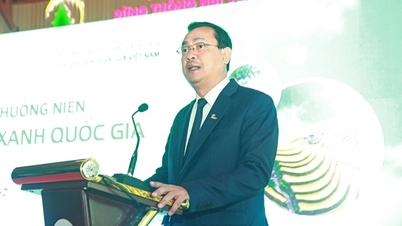
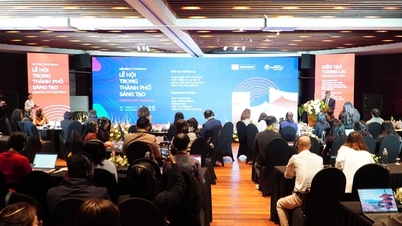





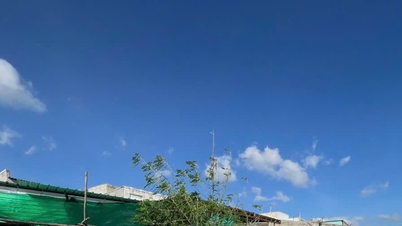
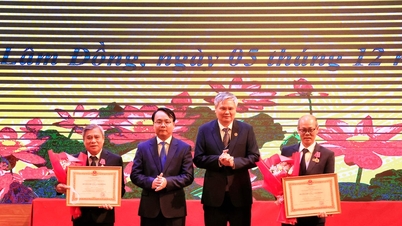

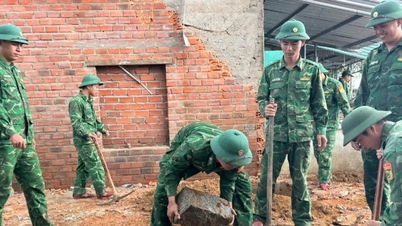












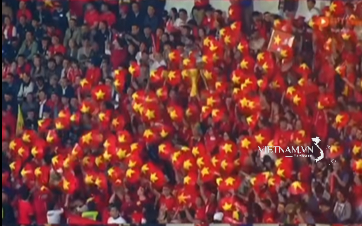




Comment (0)